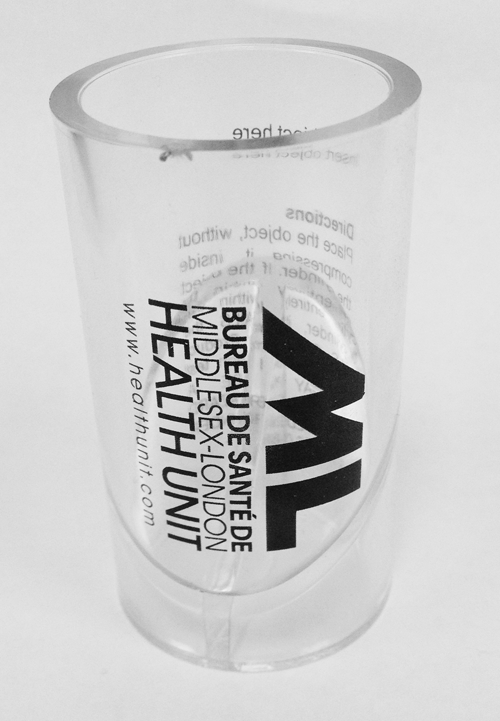Choking Prevention
Did you know? Choking is a leading cause of injury for young children but choking can usually be prevented. Choking is particularly common among infants and young children who are curious explorers, often putting objects in their mouths. Toys, household items, food, or even small parts from toys can pose a serious choking hazard if they are small enough to block the airway. In fact, choking is one of the leading causes of injury and death among children under the age of five.
Fortunately, many choking incidents can be prevented through awareness and appropriate safety measures. By understanding the common causes of choking and implementing preventive strategies, parents, caregivers, and communities can significantly reduce the risk of such accidents and safeguard the well-being of children.
Foods
Foods to avoid for children under 4 years of age:
- Hard Candies
- Gum & Gummy Candies
- Peanuts
- Sunflower Seeds
- Popcorn
- Fish with Bones
- Snacks on Toothpicks or Skewers
Foods that require special preparation:
- Grapes - slice lengthwise
- Hot Dogs, Sausages - slice lengthwise
- Raw Carrots, Apples - chop or grate
- Peanut Butter- spread thinly on toast or crackers
For more information, please visit Parachute Canada for information on choking.
Balloons:
- Always supervise children when around balloons.
- Always keep broken balloon pieces and un-inflated balloons out of reach from children.
- Adults should always inflate balloons
- Latex balloons are best used for decoration and not play.
For more information, visit Health Canada’s fact sheet on balloons.
Magnets
Keep toys with small magnets out of reach of young children and older children who still put non-food items in their mouths
- Check children’s toys often to make sure they are in good condition
- Teach children of all ages that small magnets or small items with attached magnets should never be placed in their mouths
- Seek immediate medical attention for any child who has swallowed (or is suspected of having swallowed) a magnet
For more information visit, Health Canada’s webpage on magnets in toys.
Toys
- Always supervise children and teach them how to play safely.
- Use age appropriate toys. A toy that is labeled “Not suitable for children under 3” means that there may be small parts that could cause choking. Keep in mind that some small toys can be dangerous for older children if they still put non-food items in their mouths.
- Look for hazards such as sharp edges, loose parts or broken pieces and discard/repair if needed.
- Teach older children to keep small toys and pieces of toys away from their younger brothers and sisters.
Subscribe to Recalls and Alerts from Health Canada.
Small Parts Cylinder
 The Small Parts Cylinder is a tool used to assess choking risks for young children, who are prone to putting small items in their mouths. Objects like coins, balls, or small toys pose a risk, especially for children under three. If an object fits entirely within the cylinder, it's considered a choking hazard and should be kept away from young children. This precaution extends to older children who still tend to put non-food items in their mouths.
The Small Parts Cylinder is a tool used to assess choking risks for young children, who are prone to putting small items in their mouths. Objects like coins, balls, or small toys pose a risk, especially for children under three. If an object fits entirely within the cylinder, it's considered a choking hazard and should be kept away from young children. This precaution extends to older children who still tend to put non-food items in their mouths.
Last modified on: March 8, 2024